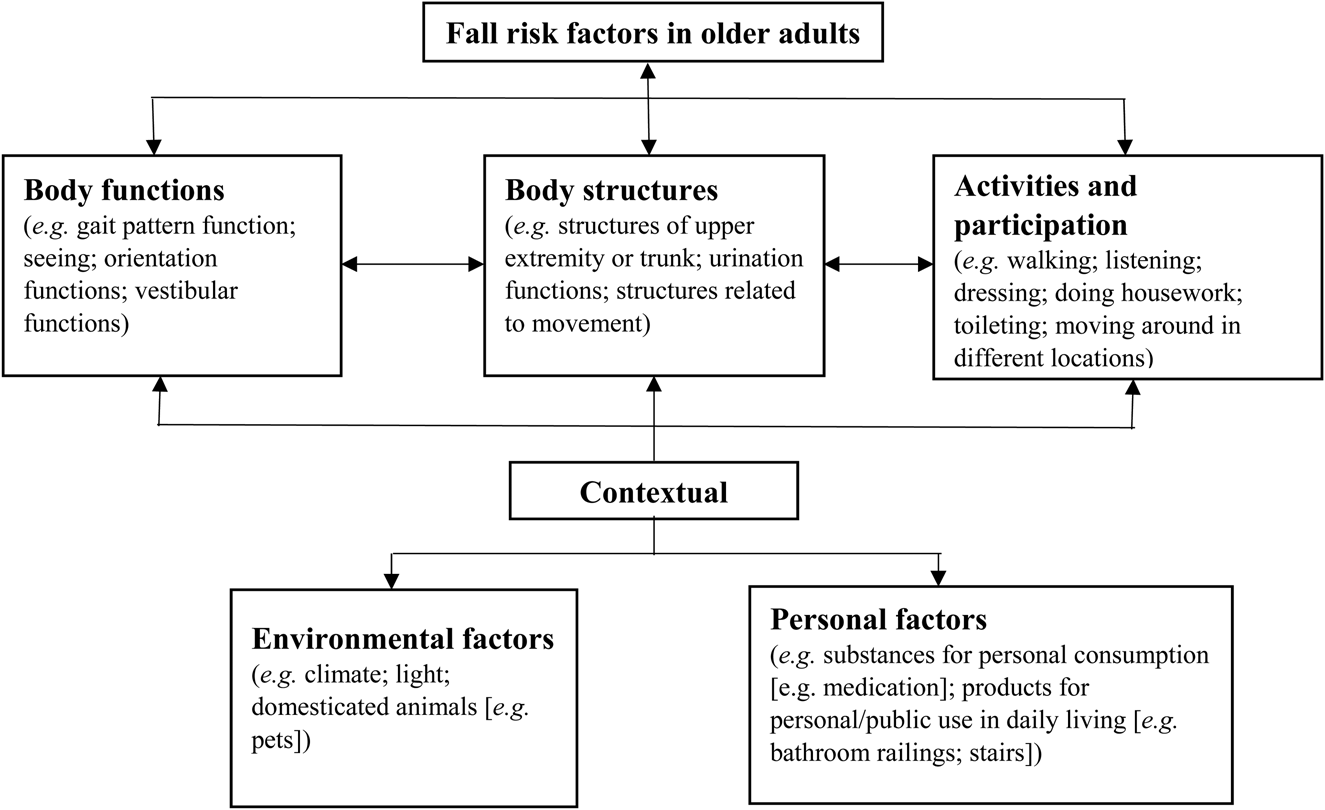Some Known Incorrect Statements About Dementia Fall Risk
Wiki Article
The Main Principles Of Dementia Fall Risk
Table of ContentsThe Main Principles Of Dementia Fall Risk An Unbiased View of Dementia Fall RiskThe 9-Minute Rule for Dementia Fall RiskThings about Dementia Fall Risk
An autumn risk analysis checks to see just how most likely it is that you will certainly drop. It is mostly done for older grownups. The evaluation usually consists of: This includes a collection of questions about your general wellness and if you've had previous falls or issues with equilibrium, standing, and/or strolling. These tools test your strength, equilibrium, and stride (the means you walk).STEADI consists of screening, examining, and intervention. Treatments are recommendations that may decrease your danger of dropping. STEADI consists of three steps: you for your danger of succumbing to your danger aspects that can be enhanced to try to stop falls (for instance, equilibrium problems, impaired vision) to decrease your threat of falling by using reliable methods (for example, offering education and sources), you may be asked several inquiries including: Have you fallen in the past year? Do you feel unsteady when standing or walking? Are you fretted about dropping?, your copyright will evaluate your strength, equilibrium, and stride, using the adhering to loss evaluation tools: This test checks your stride.
After that you'll take a seat once again. Your supplier will certainly inspect the length of time it takes you to do this. If it takes you 12 seconds or more, it may imply you are at greater danger for a loss. This examination checks strength and equilibrium. You'll sit in a chair with your arms crossed over your chest.
The settings will certainly get more challenging as you go. Stand with your feet side-by-side. Move one foot midway ahead, so the instep is touching the huge toe of your various other foot. Move one foot completely in front of the other, so the toes are touching the heel of your various other foot.
The Best Strategy To Use For Dementia Fall Risk
Many drops occur as an outcome of several contributing factors; therefore, handling the threat of dropping begins with recognizing the variables that add to drop risk - Dementia Fall Risk. Several of the most appropriate danger aspects include: History of previous fallsChronic clinical conditionsAcute illnessImpaired stride and balance, lower extremity weaknessCognitive impairmentChanges in visionCertain risky medicines and polypharmacyEnvironmental elements can additionally boost the risk for drops, consisting of: Insufficient lightingUneven or damaged flooringWet or unsafe floorsMissing or damaged handrails and get barsDamaged or improperly fitted equipment, such as beds, wheelchairs, or walkersImproper usage of assistive devicesInadequate guidance of individuals staying in the NF, including those who exhibit aggressive behaviorsA effective loss danger monitoring program needs a detailed professional analysis, with input from all members of the interdisciplinary group

The treatment strategy need to additionally consist of interventions that are system-based, such as those that promote a secure atmosphere (ideal lighting, handrails, grab bars, etc). The efficiency of the interventions need to be assessed occasionally, and the care plan revised as needed to show modifications in the loss danger evaluation. Implementing a loss danger management system using evidence-based ideal method can reduce the frequency of drops in the NF, while restricting the possibility for fall-related injuries.
More About Dementia Fall Risk
The AGS/BGS guideline advises evaluating all grownups matured 65 years and older for loss danger yearly. This screening contains asking people whether they have actually dropped 2 or more times in the previous year or looked for clinical focus for an autumn, or, if they have actually not dropped, whether they feel unstable when strolling.Individuals who have actually fallen as soon as without injury needs to have their equilibrium and stride reviewed; those with stride or balance irregularities should get added assessment. A history of 1 autumn without injury and without stride or balance problems does not call for additional evaluation past continued yearly autumn threat testing. Dementia Fall Risk. A fall danger evaluation is called for as component of the Welcome to Medicare assessment

More About Dementia Fall Risk
Recording a drops background is one of the top quality indications for loss avoidance and monitoring. Psychoactive medicines in particular are independent predictors of falls.Postural hypotension can often be relieved by lowering the dose of blood pressurelowering medications and/or stopping medicines that have orthostatic hypotension as an adverse effects. Usage of above-the-knee support hose pipe and copulating the head of the bed boosted may also lower postural reductions in high blood pressure. The advisable elements of a fall-focused checkup are displayed in Box 1.

A TUG time higher than or equivalent to 12 seconds recommends high autumn risk. The 30-Second Chair Stand test evaluates lower extremity stamina and balance. Being incapable to find out stand up from a chair of knee height without using one's arms shows boosted fall danger. The 4-Stage Balance examination the original source evaluates fixed balance by having the client stand in 4 placements, each progressively more difficult.
Report this wiki page